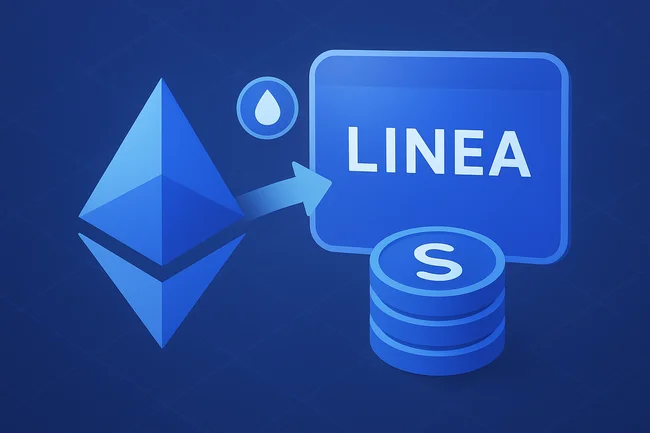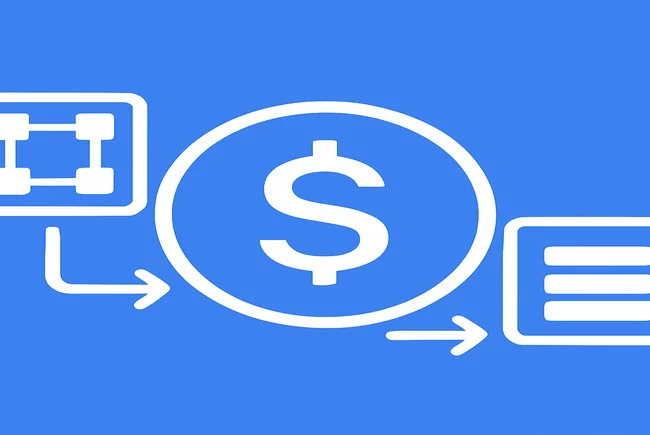The staking period refers to the duration during which a participant locks up their cryptocurrency to support the operations of a blockchain network. This process typically involves validating transactions and securing the network, allowing users to earn rewards in return.During the staking period, the staked assets are not accessible for trading or withdrawal. This commitment encourages stability within the network, as it prevents users from quickly selling off their assets. The length of the staking period can vary depending on the specific blockchain protocol and its rules.Participants may choose to stake their coins for specific time frames, often ranging from days to months. The longer the staking period, the higher potential rewards, but users also face the risk of price fluctuations during that time. Overall, the staking period plays a crucial role in enhancing network security and incentivizing loyal participation. Understanding its implications is key for anyone looking to earn rewards through staking.
Aave Labs Acquires Stable Finance to Expand Consumer DeFi Products
Aave Labs has acquired Stable Finance, a San Francisco-based fintech company focused on stablecoin savings, in a move to strengthen



